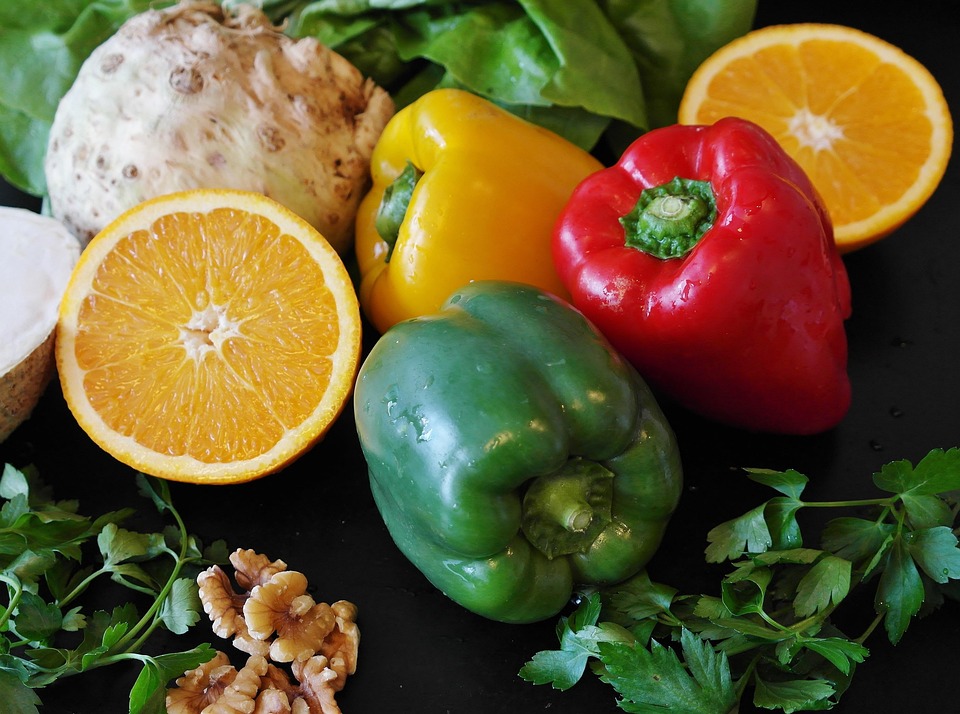From Farm to Table: The Importance of Sustainable Eating Practices
Introduction
In an era marked by environmental concerns and an increasingly aware consumer base, the concept of sustainable eating practices has gained significant traction. As the world grapples with the challenges of climate change, loss of biodiversity, and food insecurity, the decisions we make regarding what and how we eat have profound implications. This article explores the journey of food from farm to table and underscores the importance of adopting sustainable eating practices for the benefit of individuals, communities, and the planet at large.
Understanding Sustainable Eating
What Is Sustainable Eating?
Sustainable eating refers to food choices that prioritize environmental health, social equity, and economic vitality. This concept encompasses a variety of practices, including:
- Locally-sourced foods: Supporting local farmers and reducing transportation emissions.
- Organic farming methods: Eschewing synthetic pesticides and fertilizers in favor of natural alternatives.
- Seasonal eating: Consuming foods that are in season to minimize environmental impact.
- Dietary diversity: Fostering ecosystems through a varied diet that includes plant-based foods.
Sustainable eating encourages a holistic approach that recognizes the interconnection between health, agriculture, and the environment.
The Journey from Farm to Table
1. The Farming Phase
The first step in the farm-to-table journey begins at the farm. Sustainable farming practices are critical to ensuring that food production does not come at the expense of the environment or social equity.
a. Organic Farming
Organic farming emphasizes biodiversity and soil health. This method avoids harmful chemicals, relying instead on crop rotation, composting, and natural pest control. Studies have shown that organic farming can improve soil quality and increase carbon sequestration, helping combat climate change and promote sustainable ecosystems^[1^].
b. Permaculture
Permaculture is a design philosophy that seeks to create agricultural systems that are self-sustaining and mimic the natural ecosystems. This method helps in conserving water, promoting biodiversity, and ensuring food security while minimizing environmental impact^[2^].
2. Processing and Distribution
Once harvested, food must be processed and distributed. This stage often includes packaging, transportation, and storage, which can have significant environmental impacts.
a. Local Distribution
The shorter the distance food travels, the lower the carbon footprint. Local distribution supports community economies and reduces greenhouse gas emissions associated with long-distance transportation^[3^].
b. Sustainable Packaging
Innovations in sustainable packaging, such as biodegradable materials and reduced plastic use, are essential to mitigating waste. The rise of reusable containers and compostable materials is altering how food reaches consumers^[4^].
3. The Retail Phase
Retailers play a crucial role in the farm-to-table journey. Grocery stores and markets can influence consumer behavior by providing access to local, organic, and sustainably sourced foods.
a. Supporting Local Producers
By offering products from local farmers and artisans, retailers can strengthen community ties and promote sustainable practices^[5^]. Community-supported agriculture (CSA) programs enable consumers to purchase shares in local farms, ensuring that they receive fresh produce while directly supporting farmers.
b. Transparency in Sourcing
Transparency in food sourcing empowers consumers to make informed choices. Retailers that provide information on where and how food is grown foster trust and encourage sustainable practices among consumers^[6^].
4. The Home Kitchen
The final leg of the farm-to-table journey takes place in our kitchens. Sustainable eating practices at home can drastically reduce food waste and encourage healthier eating habits.
a. Meal Planning
By planning meals and shopping intentionally, consumers can minimize waste and make the most of the ingredients they purchase. This practice promotes the use of seasonal produce and reduces the likelihood of food spoilage^[7^].
b. Composting
Composting kitchen scraps and organic waste not only reduces landfill waste but also enriches soil health. This practice fosters a closed-loop system that enhances garden productivity while minimizing the need for chemical fertilizers^[8^].
The Benefits of Sustainable Eating Practices
Economic Benefits
Sustainable eating practices can bolster local economies by supporting small-scale farmers and businesses. When consumers choose to buy locally, they contribute to a thriving local agricultural system that can withstand economic fluctuations^[9^].
Environmental Benefits
Transitioning to sustainable eating practices allows for a more responsible stewardship of resources. It lessens greenhouse gas emissions, conserves water, and promotes biodiversity, ensuring that natural ecosystems remain intact for future generations^[10^].
Health Benefits
Eating sustainably often translates to healthier food choices. Plant-based diets rich in whole foods can reduce the risk of chronic diseases, promote better weight management, and enhance overall well-being^^[11^].
Challenges to Sustainable Eating
Despite the numerous benefits of sustainable eating practices, several challenges must be addressed.
1. Accessibility
Not everyone has access to fresh, local produce. Urban landscapes, food deserts, and socioeconomic barriers can hinder equitable access to sustainable food sources^[12^].
2. Affordability
Sustainable foods can often come with a higher price tag due to the costs associated with organic farming and ethical sourcing. Affordability remains a significant concern for many consumers, creating a disparity in who can access these options^[13^].
3. Consumer Knowledge
Many consumers may lack awareness of the impact of their food choices. Educational initiatives can help bridge this gap, promoting understanding of the benefits of sustainable eating and providing practical guidance for making informed choices^[14^].
The Role of Technology in Sustainable Eating
Innovations in Agriculture
Technological advancements are revolutionizing sustainable agriculture. Precision farming techniques, such as GPS-guided tractors and drone crop monitoring, enhance efficiency and reduce waste^[15^]. These innovations not only improve crop yields but also help farmers make more informed decisions regarding resource management.
Online Grocery Shopping
The rise of e-commerce has made it easier for consumers to access sustainable food options. Online platforms that specialize in local produce and sustainable goods are connecting consumers with ethical food sources, allowing for more informed purchasing decisions^[16^].
Practical Steps Toward Sustainable Eating
- Educate Yourself: Understanding where your food comes from and its environmental impact is crucial.
- Shop Local: Whenever possible, buy from local farmers’ markets or farm stands.
- Choose Organic: Prioritize organic options to reduce exposure to harmful chemicals and support sustainable farming practices.
- Embrace Plant-Based Foods: Incorporate more plant-based meals into your diet to reduce your carbon footprint.
- Minimize Food Waste: Adopt meal planning practices and compost leftovers to lessen waste.
- Support Sustainable Brands: Seek companies that prioritize environmental and social responsibility in their sourcing and production practices.
Conclusion
The farm-to-table journey is more than a trend; it represents a vital shift towards a more sustainable food system. By embracing sustainable eating practices, we can contribute to healthier ecosystems, stronger communities, and better personal health. The choices we make on our plates echo far beyond the dining table; they reverberate through our economy, culture, and environment, shaping a sustainable future for generations to come.
References
- [Source about organic farming benefits]
- [Source providing information on permaculture]
- [Research on local food distribution impacts]
- [Study about sustainable packaging innovations]
- [Information on community-supported agriculture]
- [Source regarding transparency in food sourcing]
- [Consumer habits related to meal planning]
- [Research on composting benefits]
- [Economic case studies on local food systems]
- [Environmental studies on sustainable agriculture]
- [Health-related research on sustainable diets]
- [Articles discussing food access issues]
- [Reports on the cost of sustainable food]
- [Research on consumer knowledge of sustainable eating]
- [Technological advancements in agriculture]
- [Impact of online grocery shopping on food choice]
This comprehensive overview illustrates the importance of sustainable eating practices in addressing pressing global issues. Through informed choices, we can collectively make a significant impact on the future of our planet’s health and well-being.


























Add Comment